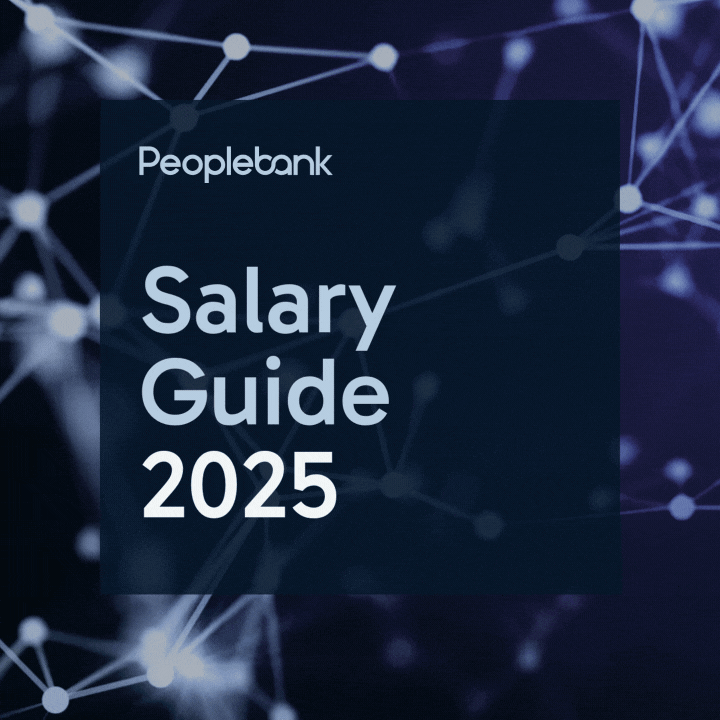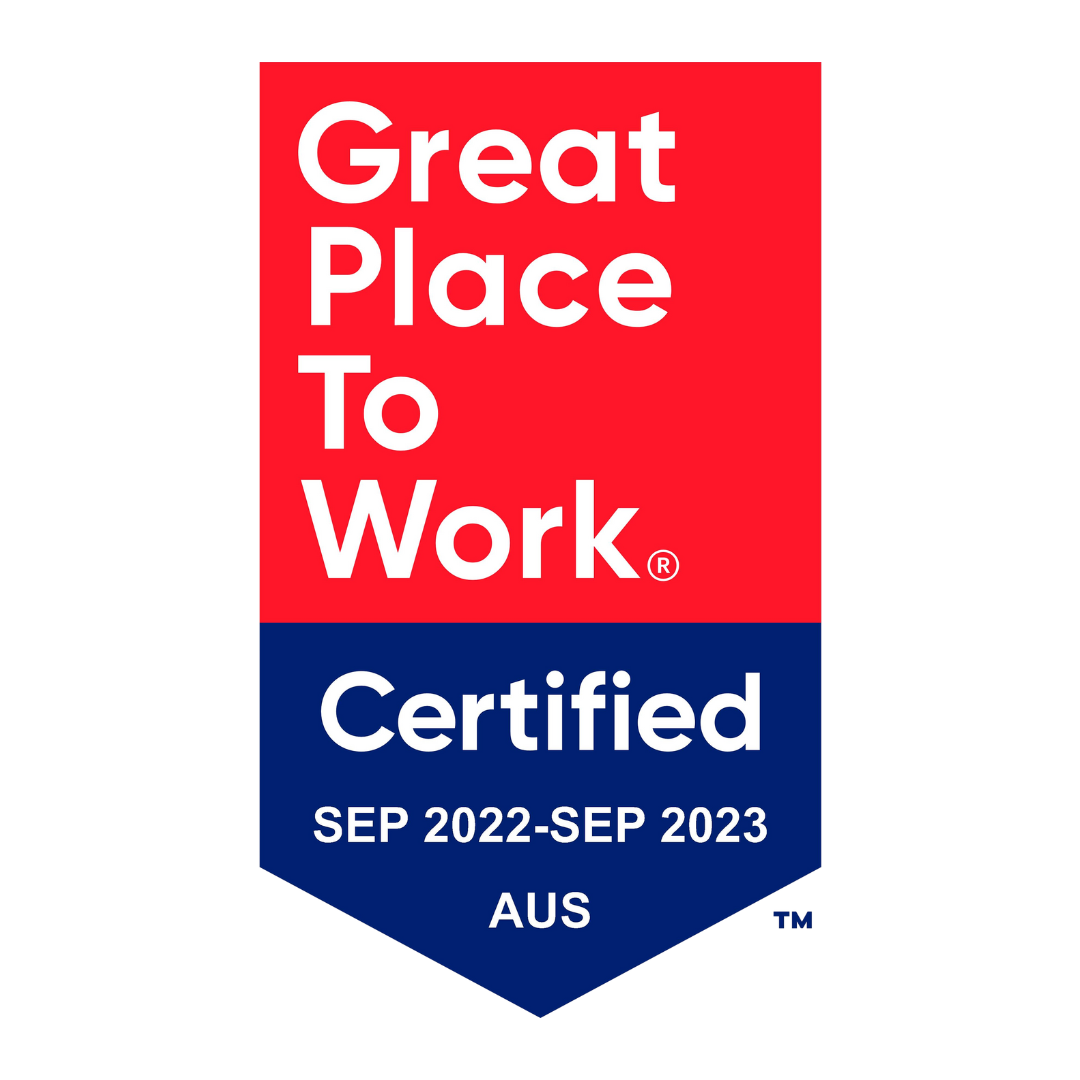The future of work in the era of COVID-19
On January 2020, we all made plans to create our new years resolution which we would (hopefully) stick by for the whole year. New decade, new us, right? It was an opportunity for us to build the behavioral habits and create accountability structures needed for success, rather than making bold declarations about major life changes or attempting to work our way towards “success.” Those who aspired to excel in their careers unfortunately faced and tackled a major setback to achieving where they wanted to be positioned by the end of the year. The setback, COVID-19. The outbreak of COVID‐19 is having a drastic impact on work and employment. This blog will be discussing the significance of how work and employment has been affected in the era of COVID‐19
Flexible work schedules
Throughout this pandemic, the majority of both the public and private sector workforce have been forced to work from home. This is a new experience for many and this new way of working has presented many challenges, both good and bad. Working from home has a reputation of being depicted as ‘technologically feasible, flexible and autonomous, desirable and perhaps even inevitable, family‐ and community‐friendly, and more’ (Bryant, 2000). However, many workers found the technological pressures experienced at work that can lead to the ‘eradication of leisure’ (Boggis, 2001) for those in physical workplaces has been amplified for those working from home in the current context due to increased pressures of presenteeism, combined with social distancing and the inability to freely leave one’s home. Indeed, due to the COVID‐19 situation, the increasingly surreal nature of work has been set free from the constraints of structure and order, and work pressures have grown. For many, this work intensification has become the new normal and has left many workers feeling like they have to be ‘online’ and ‘available’ all the time, as ‘the traditional exercise of management control… is based on the presence and the visibility of employees’ (Taskin and Edwards, 2007).
Working from home will have a significant impact on businesses, and we will probably see companies moving to more flexible workplace models. The current pandemic is serving as a large-scale remote working experiment, demonstrating what works and what does not. This trend towards more flexible workplace models, accelerated by the coronavirus crisis, has a positive effect on society as a whole, giving people more flexibility in terms of location and time management, while also lowering the burden on road and rail infrastructure.
Corporate Travel
Travel bans have been enforced in many countries during the pandemic to control the virus and stop it spreading. But even as governments tentatively ease restrictions, companies are making more permanent changes to business trips. Video conferencing such as Zoom, and Microsoft Teams have been seen to eliminate some need for face-to-face meetings. As the workforce transitions into meeting virtually, there could be fewer incentives to put employees on a plane for trips lasting just a couple of days. This cost saving exercise is attractive to many businesses. Cutting business travel is an easy way to minimize cost during this pandemic which may result in permanent reducing business travels. However, there could also be some adverse effect on morale as some employees view corporate travel as a perk. The value of a face-to-face meetings cannot be easily replaced, especially when it comes to building relationships or collaborating.
Mental Health
COVID-19 pandemic has deeply altered social and working environments in several ways. Social distancing, lockdowns, isolation periods at home, previously a 5km “ring of steel” boundary and anxiety of getting sick, along with the suspension of productive activity, loss of income, and fear of the future. All these factors affected the mental health of citizens and workers. As the workplace becomes more aware of how the pandemic has affected employees mental state, ultimately affecting productivity, many organisations are emphasizing and offering services to help those who need assistance. To fill the gaps in face-to-face care, telehealth was rapidly adopted, with remote video or phone conferencing, online blended or coached therapies, and self-help therapies provided through apps. There is already some evidence of short-term success and remote service delivery could also have longer-term advantages.
Measuring employee’s productivity from home via Data based metrics
The COVID-19 pandemic has forced both public and private workforce employees to start working from home, in attempt to stop the spreading of the virus. As everyone shifted to working remotely, many managers are now leading remote teams for the first time. According to Anderson, Kaplan and Vega (2015), flexible work arrangements and working from home has shown to deliver positive benefits for employees’ health. This shift has been involuntary and may continue over a lengthy period, which may cause employees to experience increased work hours, as well as increased work-life conflict. Managers will be encouraging healthy work practices such as working within regular hours and taking regular work-breaks, helping employees to switch off from work (Adamovic, 2018; Chen & Fulmer, 2018). Employees will be working different hours in different places and moving forwards, the most efficient way to evaluate performance at work is now based on output, not who is in the office earliest and who is the last to leave. Good mental and physical health equals high level output.
It’s evident that Australia’s early physical distancing measures, stable political system and geographic isolation has contributed to containing the spread of the Coronavirus. Recognizing the virus will be around for the long haul, this “new normal” has had benefits during the Fourth Industrial Revolution where businesses are embracing a new and fast-improved set of digital and analytic tools that can reduce the costs of operations while fostering flexibility. However, the pandemic still poses future challenges for a broad range of workplaces, businesses and institutions moving forward.
By Jade De Silva






















